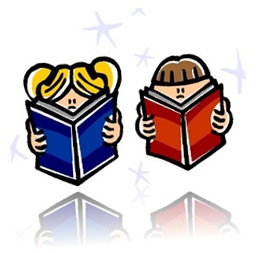As an English major, Madeleine spends a lot of time reading, and consequently, in the library. I placed my first yellow sticky marker on the first line of the first page of this book, which opens “To start with, look at all the books…” and then goes on to enumerate the vast literary selection found on Madeline’s shelves, including the complete Modern Library of Henry James. From there, I found no fewer than 18 more mentions of libraries. I did not have to read much further before I came across the first use of the library-nerd stereotype with a passage that describes Mitchell, picking up a jar of deep-heating gel in Madeline’s room and asking her about it. He is told that “people who were athletic (emphasis in original) sometimes got sore muscles. She understood that Mitchell might not have experienced this phenomenon, seeing as all he did was sit in the library….” Followed up later with this account of a reunion of two long-distance lovers “She was holding a book, her expression more that of a library patron who’d been momentarily distracted than that of a girl eagerly awaiting her boyfriend’s arrival from across the sea.” This, however, is countered with demonstration of the library’s unquestionable vitality “Madeline fled to the Rockefeller Library, down to level B, where the stacks exuded a vivifying smell of mold, and grabbed something - anything, The House of Mirth, Daniel Deronda - to restore herself to sanity”. As well the library’s erotic properties are evident through these passages: “She (Madeleine) went to the library to work on her marriage-plot thesis, but the sex-fantasy atmosphere - the reading-room eye contact, the beckoning stacks – made her desperate to see Leonard”, and, later “because Leonard wasn’t a baby, because he was a full-grown sick fuck, he spent Madeleine’s every absence imagining her blowing her tennis partner...or being bent over the stacks in the library.” (Is it getting hot in here?)
And it was also good to see the library as the go-to place to go for any kind of esoteric information one might seek “[Leonard] went to the library and found a study of erectile dysfunction on Tour de France athletes.”
There were so many settings in libraries and uses for libraries in this book that I won’t specify them all here, but also included were: air-conditioned library as salvation from the heat; drinks and conversation in a private (home) library; a college library for student employment; library as place to go and kill time; and yes, even library as a place to study!




